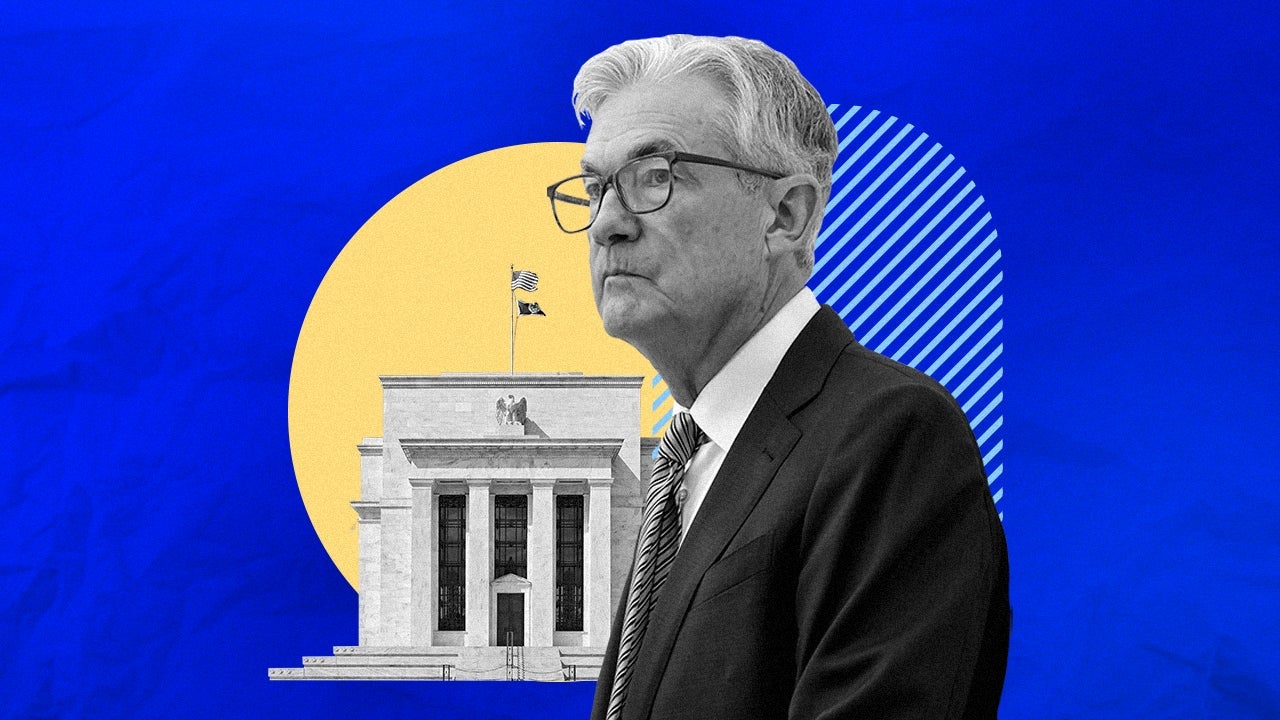Here’s why mortgage rates won’t fall after the Fed cut

What to know
- This month’s widely anticipated Federal Reserve rate cut won’t lower mortgage rates as much as seen over the summer.
- The rates you’re seeing today largely account for a September Fed cut already.
- In general, the rates on 30-year mortgages are more closely tied to investor sentiment than Fed decisions.
The Federal Reserve is poised to cut rates at its Sept. 18 meeting — but don’t expect the move to send mortgage rates plummeting.
That’s because the mortgage market has already incorporated the Fed’s widely anticipated cut into the rates borrowers are paying for home loans today.
“I think a lot of people are looking at the September Fed meeting thinking that there’s going to be a big stair step down in rates,” says Jerimiah Taylor, chief real estate officer at Movoto, a real estate search site. “The reality is that it’s already priced in. You’re getting disproportionate movement in mortgage rates, which means the market is already starting to price in Fed cuts.”
In the past couple months, mortgage rates have fallen more than half a point. In early July, the average rate on a 30-year loan was 7.09 percent, according to Bankrate’s national survey of lenders.
By Bankrate’s Sept. 11 survey, that rate had dropped to 6.31 percent — all without the Fed touching its benchmark rate.
The longer-term trend is even more dramatic. In October 2023, mortgage rates briefly topped 8 percent. They’re down 1.7 percentage points since then. Again, with no change in Fed policy.
The significant move in rates illustrates the reality that fixed mortgage rates are set not by the Fed, but by investors. The most important benchmark for mortgage rates is the 10-year Treasury rate. Mortgage rates tend to move up and down with that rate, which itself bounces around with economic sentiment.
“Mortgage rates move with the bond market, and if the Fed cuts rates, that is an indication that the economy is weakening and will support lower yields and lower mortgage rates,” says Melissa Cohn, regional vice president of William Raveis Mortgage. “Remember, mortgage rates are not tied directly to the Fed funds rate. They move with the bond market, which moves on economic data.”
Another variable is how big the Fed’s rate cut is, and how many times the central bank pares rates. Fed Chairman Jerome Powell has signaled that a rate cut is coming this month. It would be the first time the central bank has reduced rates since it slashed them to zero in 2020, during the depths of the pandemic.
Market watchers expect the Fed to cut rates by a quarter point, although a half-point reduction is possible. If the Fed were to cut rates more than expected, that could push mortgage rates down further.
But if the Fed sticks to the most likely plan and enacts a smaller cut, it’s possible that mortgage rates won’t move.
The Fed isn’t expected to stop at that first cut, however. In the coming months and into 2025, additional reductions could be reflected in more downward moves for mortgage rates.
Why we ask for feedback Your feedback helps us improve our content and services. It takes less than a minute to complete.
Your responses are anonymous and will only be used for improving our website.






